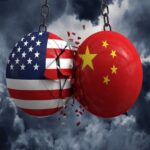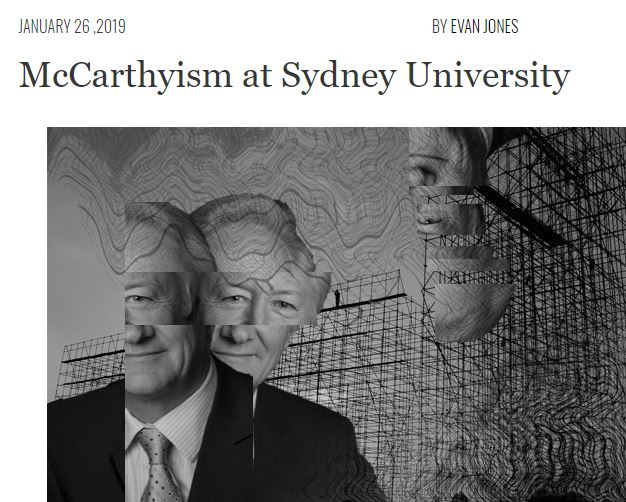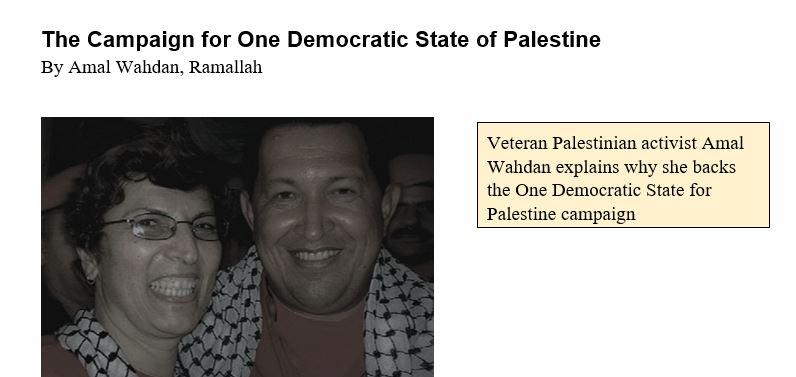A West Asian perspective by Amir Mohammad Esmaeili, April 2021, full text below, original post here: https://www.tehrantimes.com/news/459505/Strategic-cooperation-of-emerging-powers-Beyond-regional-instability
Homme Malade de l’Europe was eventually divided by the Allied Powers at the end of World War I. The Ottoman Empire, which had been declining for a long time, was finally disintegrated by the Western spirit of expansionism. As a result, the nation-states were born whose nations had little to do with their own destiny.
Indeed, the seemingly civilized European nations inevitably took over the uncivilized but historically glorious, West Asian nations to lead them towards development and prosperity. The word “Al-Aistiemar” for colonization was widely used by the region’s optimistic people, as they naively thought that the Western interventionists decided to bring about prosperity and developments into the region. Iran and the Ottomans, who were experiencing a long period of decline under authoritarian regimes, did not have the power and will to resist this civilized invasion.
The West Asian contemporary history has intertwined with treaties with a fundamental characteristic, namely, Western decisions for the region without considering the considerations and demands of West Asian nations and governments. The Sykes-Picot Agreement, the Treaty of Sevresand and the Balfour Declaration are three tangible examples of these treaties. Meanwhile, McMahon–Hussein Correspondence is also another fact in the West Asian history, which clearly indicates Western interventionist efforts to inject a nationalist ideology with Western spirit into the region, which can hardly be found in the region’s thousands of years of history and civilization. These injected nationalist movements, which ultimately ended with the ouster of Sharif Hussein’s ambitions, created new territories in the region regardless of the Arabs’ considerations. These civilized interventions’ legacy was to sow the seeds of successive regional conflicts for West Asian nations. Therefore, West Asia was somehow engineered to be involved in instability and conflicts for the following decades. West Asian contemporary history acknowledges that Western interventionists were smart enough; their interests have certainly been pursued so much easier in the chaotic regional environment.
But this was not the end of Western interventionist ambitions in West Asia. During the Cold War, this region also played a significant role in the two superpowers’ equations, specifically for the United States. On the one hand, the regional rich oil reserves and, on the other, the Soviet efforts to influence the region were a couple of reasons for the U.S. to intervene in the regional affairs much seriously. With the collapse of the Soviet Union in 1991, various debates took place to articulate the post-Cold War international order. Emerging a hegemonic order became the strongest voice by such works like “The End of History and the Last Man” and “Clash of Civilizations.”
The United States, like its European predecessors, has been pursuing its interests through regional instability in West Asia, but in a different territorial environment rather than what was agreed in the Sykes-Picot Agreement. Consequently, the United States has taken steps to implement this strategy through different policies, including the New World Order and the Greater Middle East. Both the 2001 United States invasion of Afghanistan and the 2003 invasion of Iraq were the first manifestations of this strategy. But, the ignorance of Western policymakers on socio-political dynamics in the region had profound effects on implementing their strategy. As a result, new regional movements and mobilizations began, and shortly spread throughout West Asia and North Africa in 2010s. Since the early stages of Arab uprising in Tunisia, Western leaders took different approaches to these movements and sought to manage them appropriately; thereby preventing U.S. long-term interests from being jeopardized in the region. In the following years, the United States pursued multiple and sometimes contradictory policies in response to developments in various Arab countries in order to create what it intended to shape under the skin of the New Middle East project.
To sum up, West Asian contemporary history illustrates that Western powers have pursued their interests in the destabilized region. The Sykes–Picot Agreement, the Treaty of Sevres, Balfour Declaration, Israeli–Palestinian conflict, the overthrow of Iran’s national democratic government (the 1953 British-American coup) and absolute support for the Pahlavi tyranny, numerous coups in the region in the Cold War, injecting and inciting nationalist currents with imperialist purposes, supporting Saddam Hussein during eight-year war against Iran, the 2001 U.S. invasion of Afghanistan, the 2003 invasion of Iraq, creating power vacuums in the region and consequently the emergence of extremist terrorist groups such as al-Qaeda and ISIS, supporting sectarian and separatist movements, interference in internal affairs, assassination of government officials, abusing their mainstream media to inflame riots and tensions in opposite countries, imposing economic sanctions, the 2011 military intervention in Libya and its consequent divisions, supporting the Saudi coalition in the fruitless war against Yemen in the last six years, the disastrous humanitarian crisis in Yemen and heavy arms sales to non-democratic Persian Gulf states are some clear evidences that can be used to argue that Western powers have been playing a major destructive role in regional instability.
West Asian socio-political developments in the 2010s led to an emerging new regional order, in which some previous orders’ characteristics either have disappeared or are disappearing while new orders’ characteristics are showing off themselves. On the other side, global dynamics also indicate a smooth change in the international order, in which Asian players, specifically China and Russia, will play a significant role. However, a prominent group of IR scholars argue that the post-American era has begun and the global order is moving towards a multipolar international order. Therefore, global and regional dynamics address the emergence of a new regional order in West Asia and a multipolar order in the global arena, whose structures have been manifesting themselves.
On March 27, China and Iran signed a 25-year strategic cooperation partnership. The partnership, which has been in the works for five years, was signed between Mr. Wang and his Iranian counterpart Javad Zarif. In the past seven decades, the five principles of peaceful coexistence have guided China’s policy with different countries. These long-standing principles include mutual respect for sovereignty and territorial integrity, mutual non-aggression, non-interference in each other’s internal affairs, equality and mutual benefit, and peaceful coexistence. The signing of this strategic deal between the Islamic Republic of Iran, as a regional power, and China, as an emerging global power, will be significant and effective for both sides in the transition era to new regional and global orders. As emerging Eastern powers, expanding Sino-Iranian cooperation can bring about many short- and long-term benefits for both countries, which have an anti-colonial and anti-imperialist approach.
In conclusion, over the past century, Western powers’ foreign policy has always been based on interfering in the internal affairs of West Asian countries. In addition, their purposes have been shaped based on unilateral rather than multilateral benefits. But based on China’s approach to international relations, China’s foreign policy in West Asia requires that China defines its interests in regional stability rather than instability in the region. Therefore, unlike Western powers, China pursues its national interests along with interests of West Asian nations.
In short, the Western powers have defined their interests in the instability of West Asia, and this practice has been adopted since their early presence, while China has defined its interests in the stability of the region. The Belt and Road Initiative, for instance, can only be pursued in a stable region and under the five principles of peaceful coexistence. Undoubtedly, stability would be a prerequisite to regional development in West Asia, and Western powers have been aware of this fact for a long time. Therefore, Western powers naturally interpret Iran’s partnership with China as a serious challenge to their regional and international interests. Here, a key question requires answering: How can the two emerging Eastern powers, which seek stability in West Asia, overcome (mostly Western originated) destabilizing factors in the region? Obviously, the United States and its regional and Western allies might not easily allow the cooperation to pursue regional stability and new arrangements beyond their interests.
Amir Mohammad Esmaeili is an Iranian researcher, author and Ph.D. Candidate in International Relations and Public Affairs at Shanghai International Studies University. He graduated from Imam Sadiq University, majoring in Political Science and Islamic Studies.




